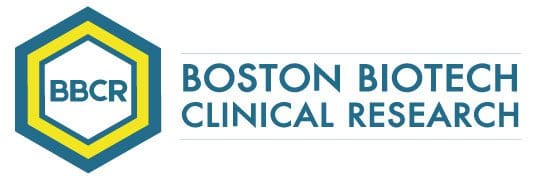In the last three decades, biopharmaceutical companies have made great progress in the fight against rare, or “orphan,” diseases (each of which affect fewer than 200,000 people in the United States) and scientists are working each day to make the coming decades as bright as the last.
Since 1983, when the Orphan Drug Act was passed, more than 350 medicines for rare diseases have been approved.
And the outlook has continued to improve in recent years: According to the Tufts Center for the Study of Drug Development, the number of medicines in development designated as “orphan products” more than doubled from 208 in 2000 through 2002 to 425 in 2006 through 2008. A recent report from the Pharmaceutical Research and Manufacturers of America (PhRMA) echoes the trend, finding that the number of drugs in development for rare diseases increased from 303 in 2007 to 460 in 2011. Each of these medicines offers hope and relief to patients with diseases that often have no other treatment options.
Today, the number of new drugs in development for rare diseases continues to rise as America’s biopharmaceutical research companies are intensifying research into rare diseases, which often are among the most devastating to patients and complex for researchers. A record 460 medicines for rare diseases are in late stages of the pipeline, either in clinical trials or awaiting Food and Drug Administration (FDA) review, according to a new report by the Pharmaceutical Research and Manufacturers of America (PhRMA).
Special challenges are faced by those who fight against rare diseases. For example, it can be difficult to find enough patients for clinical trials and enough medical experts to both conduct clinical trials and sit on review boards. Balancing access to a medicine against safety issues can also be particularly difficult when a rare disease, left untreated, has devastating or fatal consequences. For example, a medicine that can help control infantile spasms, in which young victims can suffer hundreds of seizures a day, also carries the risk of damaging peripheral vision.
A major area of research involves rare cancers. Solid tumors of the liver and thyroid, cancer of the blood and melanoma, or skin cancer, account for more than one-third of all rare disease drugs under development. Other major areas of research include: genetic disorders, such as cystic fibrosis, with 67 medicines in development; neurologic disorders, such as multiple sclerosis and muscular dystrophy, with 37 medicines in development; infectious diseases, such as anthrax and West Nile virus, with 31 medicines in development.

Specializing in rare disease, Boston Biotech Clinical Research works with biotech, pharmaceutical, device companies and investors to streamline the clinical trial process. Our experienced team helps each client reach their specific goals by customizing a clinical and regulatory road map of simplified programs and streamlined protocols to meet our clients’ requirements.

